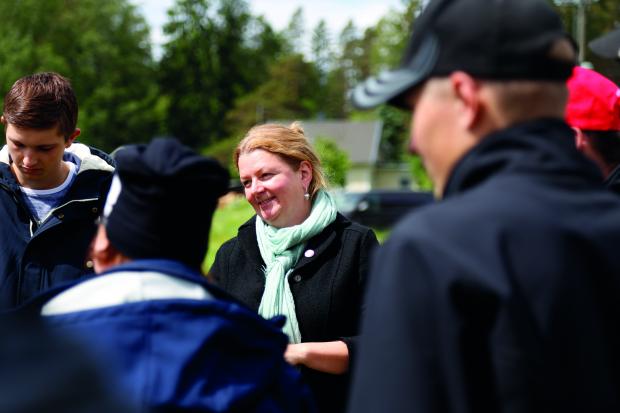Learning from overseas
Believe in the power of GRASS!

Learning from overseas
It has been four months since I came to Finland to visit some wonderful dairy farmers and to talk at one of Anu Ellä and Jarkko Storberg’s discussion groups at Tarvasjoki in Western Finland.
I met Anu and Jarkko when they came to England three years ago to see what our grassland farmers were doing. They were impressed by the density of UK swards, and the grass yield figures of 10t DM/ha or more.
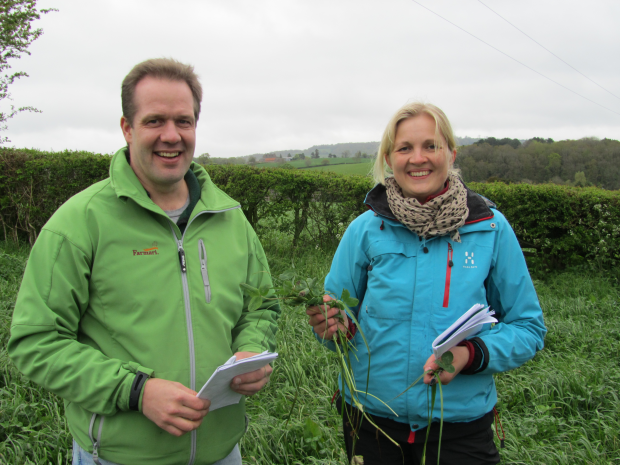
They decided that winter-hardy varieties of perennial ryegrass and white clover might help raise the quantity and quality of the silage leys, mainly filling in the gaps between the timothy and fescue plants. They worked with a large seed house to devise, source and trial new mixtures that might work in conditions across Finland.
They invited me to see some of their farmer clients who have reseeded their silage leys with these new mixtures – the most popular one contains 55% timothy and 15% each of tall fescue, meadow fescue and perennial ryegrass, with 4-5kg/ha of a red, white, alsike clover blend.
The results have been rapid and positive – with reports of silage yields doubling. Lead farmers are now achieving 10t DM/ha, and the best ones even more.
Grass farming in the UK
We have ideal grass growing conditions in the UK – with mild winters and a long growing season from March to November. New reseeds can yield up to 16t DM/ha.
Grass is our national crop with more than 50% of the agricultural land down to grass – mainly rough hill grazing and permanent pasture and just 5% reseeded. Grazing plays a bigger part in our beef, sheep and dairy industries than in Finland, and different types of grass are sown for grazing or silage.
Silage leys are sown for two to four years and include Italian and hybrid ryegrasses, westerwolds and festulolium, which have excellent stress tolerance.
Swards that are used mainly for grazing tend to have late heading perennial ryegrasses, timothy and grazing white clovers, and are expected to last five years or more.
Not all dairy farmers are the same
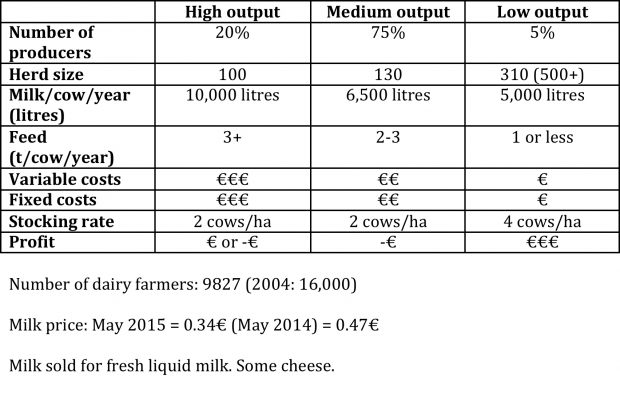
This table shows how the UK dairy industry is made up, showing that the low output farmers are making the most money and are better able to withstand the lowest milk prices.
They know their costs of production, because these are the biggest drivers of profit. They do not spend any money they do not have to, and work out budgets and refer to them constantly. They grow lots of high quality grass by rotational grazing and get this grass inside their cows. Most calve tightly in the spring, so that they can take advantage of the highest grass growth in April and May.
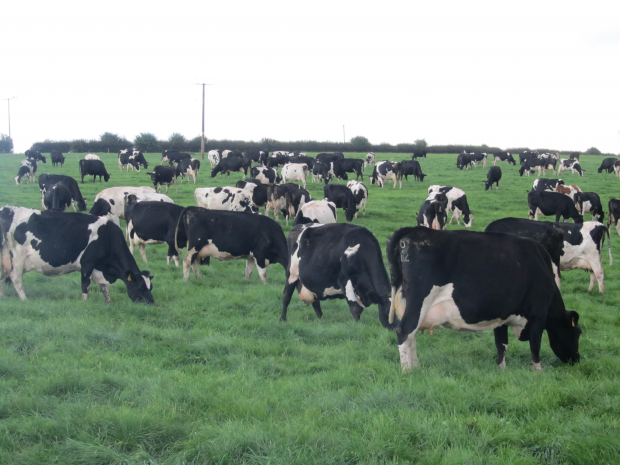
All of them will be measuring grass growth rates to make sure there is enough grass to feed the cows throughout the year of the highest quality, up to 12MJ of ME, for most of the time. Any fields that are getting ahead of themselves are cut for silage.
Discussion groups
The low-cost dairy movement is completely reliant on discussion groups for information exchange and farmer encouragement. They started in the UK 15 years ago, when a New Zealand dairy consultant was funded by the British Grassland Society to come and set a few of them up.
The best ones have a good, strong, knowledgeable facilitator, they visit each other’s farms, go on study tours within the UK and abroad, they talk about their figures and follow strict benchmarking protocols. Open and honest discussion is essential.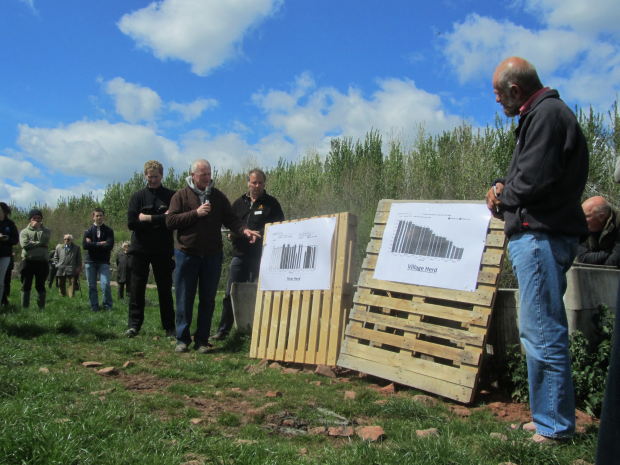
So what makes a successful grassland farmer?
Well do not be afraid to do something different to your neighbour or even your father! Believe in the power of grass to produce amazing meat and milk and a profitable business. Benchmark your performance against yourself and the best operators in the industry.
Measure, set targets and monitor grass growth continually. Surround yourself with positive people and finally, listen to good advisers – just like Anu and Jarkko!
Thank you to everyone I visited on my trip to Finland this year, it was an honour. And keep on growing the new mixtures and taking part in your discussion groups!
Sara Gregson, UK
